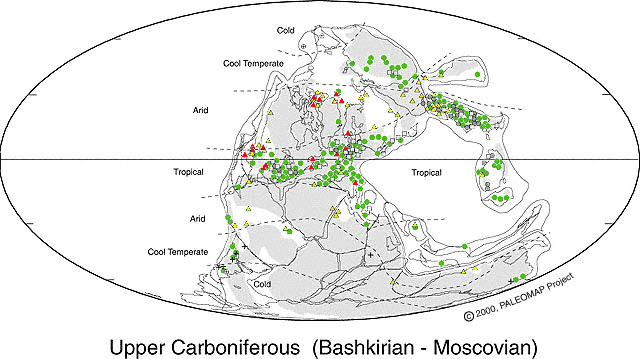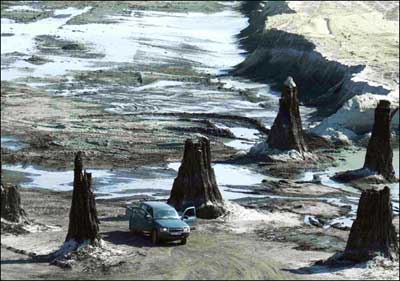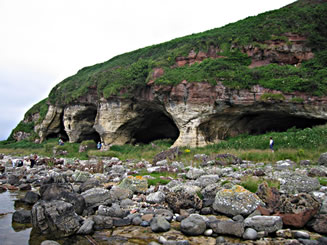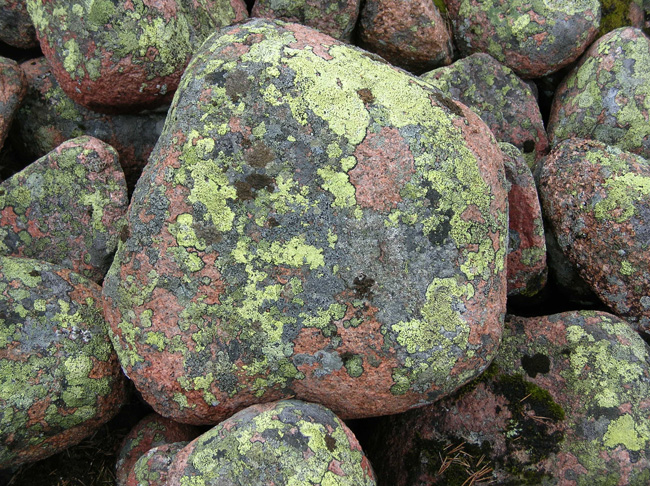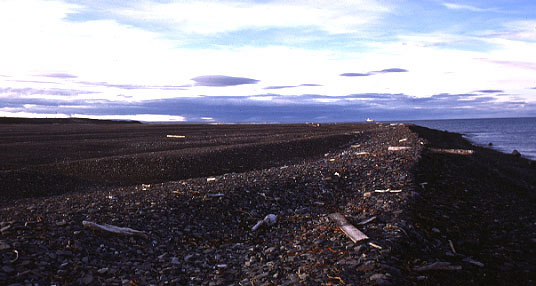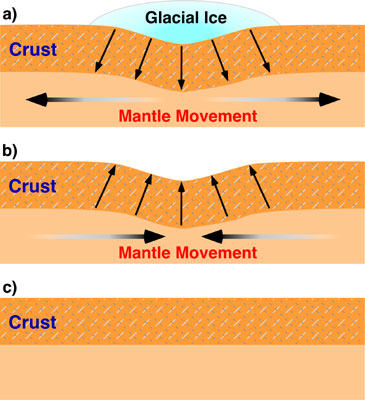juvenissun
... and God saw that it was good.
- Apr 5, 2007
- 25,446
- 803
- 71
- Country
- United States
- Faith
- Baptist
- Marital Status
- Married
Late Carboniferous tectonic subsidence in South Wales: Implications for Variscan basin evolution and tectonic history in SW Britain
Abstract: Detailed stratigraphic data have been used to backstrip seven sections from the Carboniferous South Wales coal basin. Resulting tectonic subsidence curves for the interval 319-305 Ma (NamurianWestphalian D) are convex-up, indicating increasing subsidence rate with time, with rates between 130 and 250 m Ma-1, suggesting aforeland basin setting. Forward modelling of subsidence due to flexural loading in front of a propagating orogenic wedge shows that an orogenic load migrating in a north-northeasterly direction across SW England between 319 and 305 Ma could have generated the backstripped subsidence patterns. Sensitivity tests show that while many of the forward model parameters are poorly constrained, and the model results non-unique, backstripped subsidence patterns allow reasonable constraint on the different model cases, so that model predictions can be treated as one possibility in a limited range. The predicted load evolution is consistent with current knowledge of tectonic and stratigraphic features of SW England. These results suggest that subsidence in other Late Carboniferous UK basins may also have been influenced by flexure due to a propagating orogenic load.
LINK

Map showing area affected by Variscan orogeny: The South Wales Coal field is located below the R in FORELAND as in BASIN.
Am i educating you yet Juv'y
Two points:
1) A tectonic subsidence of 0.2 mm/yr is NOT fast. Magnitude of sea level fluctuation should be much faster than that to make cyclothem. Crust with such a rate of movement is properly called stable during the cyclic deposition.
2) The orogeny took place AFTER the cyclothem was made. This is part of the meaning in the word "backstrip". The same situation also happened at the same time in North America (The Allegheny). It made the "frontal" part of the cyclothem deeply buried in the foreland basin during the orogeny.
Upvote
0



